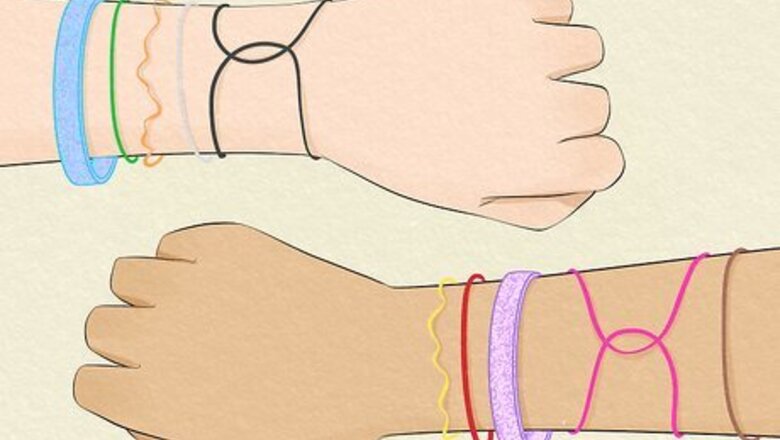
views
Jelly Bracelets Color Meanings
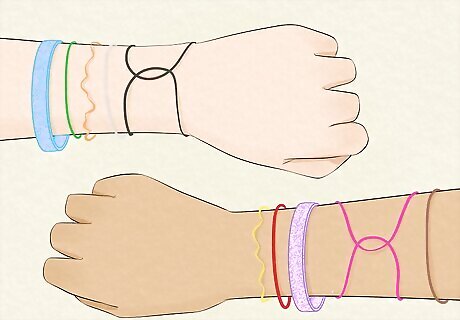
For some teens and young adults, jelly bracelets are a way to communicate sexual wants, needs, or preferences. These bracelets are most popular amongst high school students, and you can often see them worn at parties. While the meanings aren’t universal and various groups or cliques might have their own meanings, here’s a breakdown of the most common code for each bracelet color: Black: Willingness to have “missionary” sex. Blue: Willingness to give oral sex to a guy. Clear: Willingness to do anything. Green: Willingness to give oral sex to a girl. Glittery blue: Willingness to perform anal sex. Glittery clear: Willingness to be touched on any body part. Glittery green: Willingness to “69” (perform oral sex simultaneously). Glittery pink: Willingness to flash a body part. Glittery purple: Willingness to French kiss. Glittery yellow: Willingness to hug and kiss. Yellow: Willingness to hug. Pink: Willingness to give a hickey. Orange: Willingness to kiss. Purple: Willingness to have sex. Red: Willingness to perform a lap dance. White: Willingness to flash. Brown: Willingness to “toss your salad” (perform oral sex on the anus). Gray: Willingness to have outdoor sex.
How do jelly bracelets work?
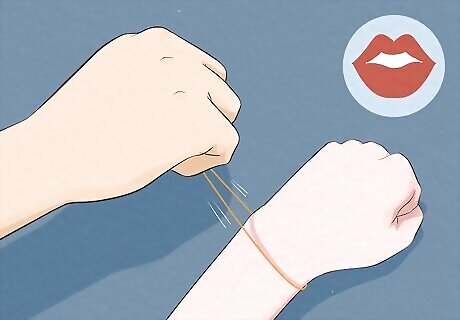
If someone snaps your bracelet, they want what you’re offering. Jelly bracelets are most commonly worn at school and parties to say, “Hey! This is what I’m into.” This is also known as a “sex game.” If someone is also into the same thing or is ready to try the sexual act out, they’ll snap that color bracelet on, or even break it off, the wearer. For example, say Lisa is wearing an orange jelly bracelet. This means she is willing to kiss someone. If Johnny goes up and snaps the orange bracelet on her wrist, he’s willing to kiss her.
Jelly Bracelet Controversy
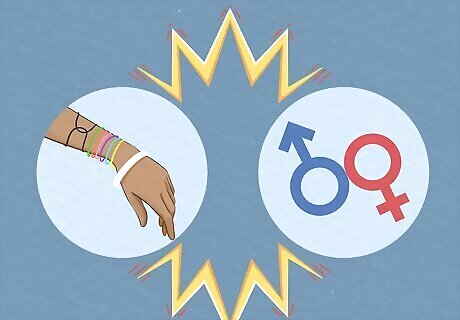
Jelly bracelets bring up concerns about sexual consent and readiness. Many people have expressed concern about teens being peer-pressured into wearing “sex bracelets” and performing sexual acts. If you feel pressured to wear a bracelet or someone snaps it and you don’t want to participate in the act, it’s okay to say “no” or change your mind. Even if your friends are ready to have sex, it doesn’t mean you have to be. Sexual readiness is different for everyone, so go at your own pace and only do what you're comfortable with. Just because you wear a jelly bracelet doesn’t mean you give consent to a sexual act. Consent is a willing agreement where there’s no pressure to say “yes.” You always have the power to say “no.” Try to walk away from uncomfortable situations if you can. When saying “no,” be clear and direct. Use a serious tone and speak with confidence. You have the right to feel safe. If you don’t, confide in a trusted adult or call RAINN’s Hotline (1-800-656-4673) for support and guidance.
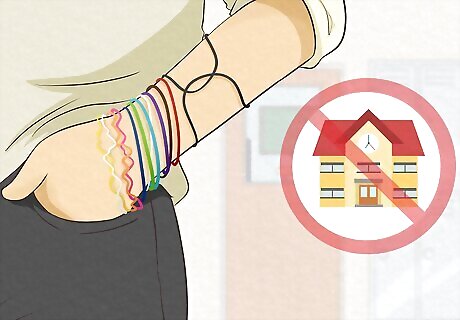
Some schools have banned jelly bracelets. The sexual meanings of jelly bracelets have angered parents and teachers. Some schools have even banned students from wearing the bracelets, as they’re concerned that younger children will be exposed to sexuality prematurely.
Do jelly bracelets always have a sexual meaning?
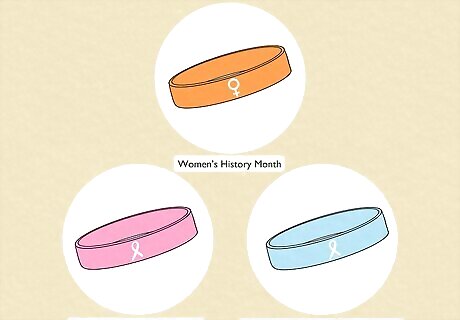
No, jelly bracelets don’t always have a sexual meaning. For every generation, company, or person, jelly bracelets can symbolize different things. Teens and young adults may use them to indicate their sexual status or preferences, but the bracelets can also be used to raise awareness for specific causes. For instance, pink bracelets are often worn to spread awareness for breast cancer. Similarly, different colors can also be associated with specific months, such as orange in March for Women’s History Month and blue in September for Childhood Cancer Awareness Month. Keep in mind that this is all a matter of opinion! If you like the look of jelly bracelets, wear them. They can mean whatever you want them to mean.
What are jelly bracelets?
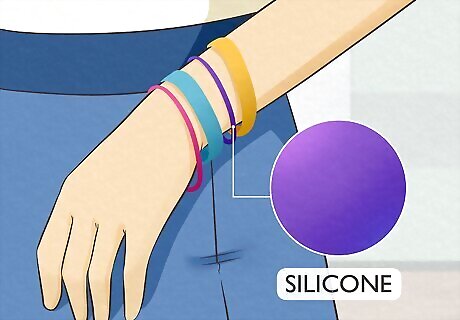
Jelly bracelets are colorful wristbands made out of silicone. Also known as gel bracelets, jelly bracelets have been around for decades. This accessory first became popular in the 1980s, when kids, teens, and celebrities would wear them on their arms in crisscrossing patterns. Starting in the 90s and continuing to today, some teens and young adults use them as “sex bracelets” to symbolize sexual preferences or status.
What are Lance Armstrong jelly bracelets?
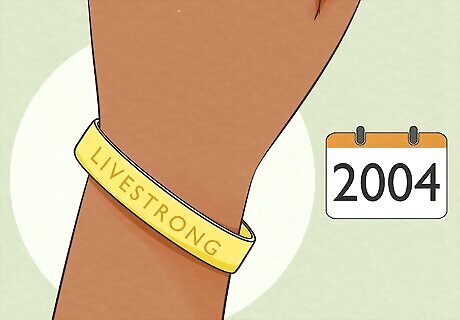
Lance Armstrong's “Live Strong” bracelets became a trend in the mid-2000s. In 2004, colored silicone bracelets made a resurgence when athlete Lance Armstrong started wearing and selling them. As a cancer survivor, Armstrong designed yellow bracelets with the words “Live Strong” on them. Eighty million bracelets were sold, raising millions of dollars for cancer research. The bracelet was originally produced by Nike, but after Nike cut ties with Armstrong in 2012, Armstrong continued production through his own company, Livestrong. Since Armstrong’s fundraiser and campaign, other health foundations and companies have followed suit, using colored bracelets to raise awareness and funds for their causes.














Comments
0 comment